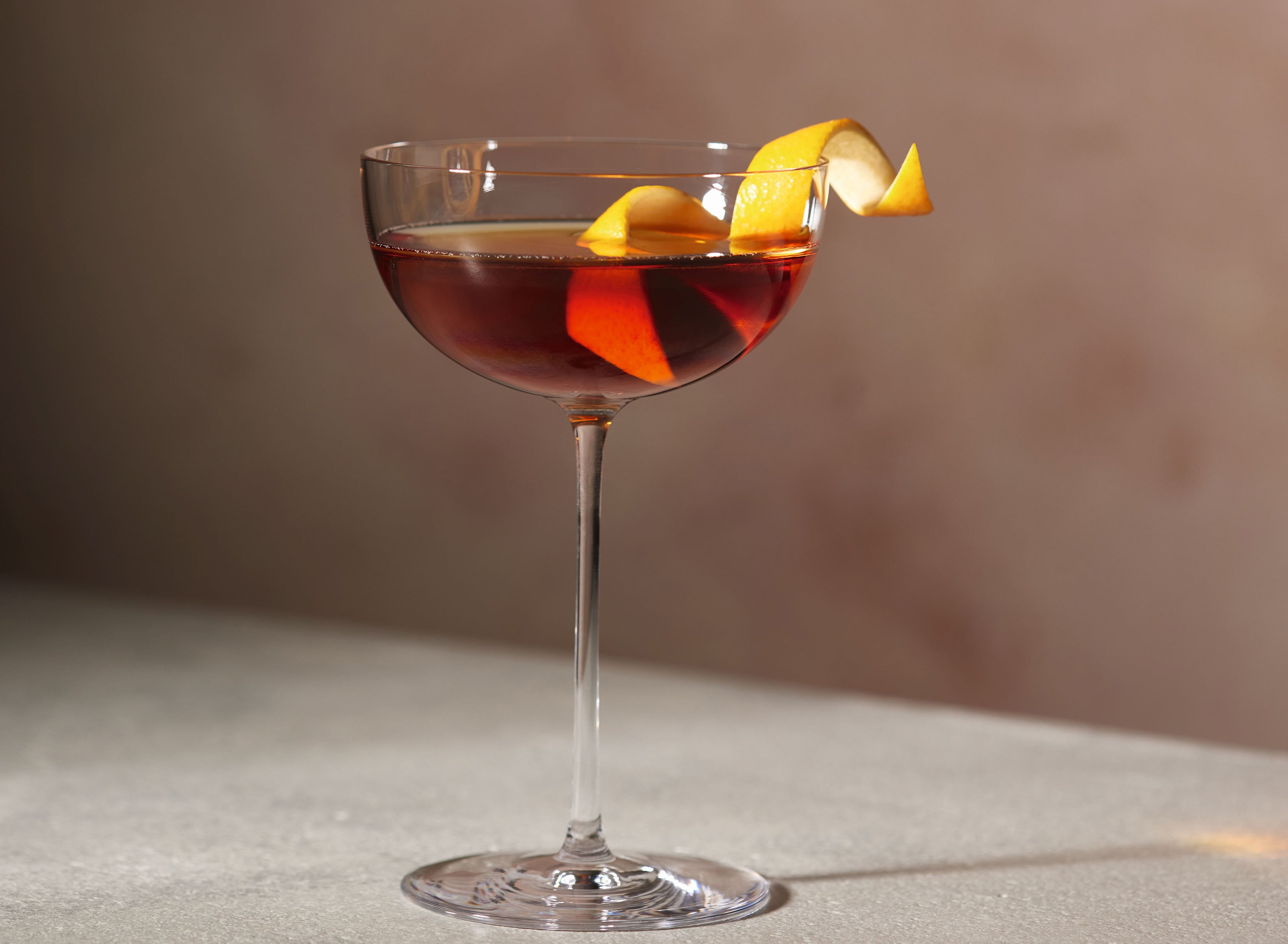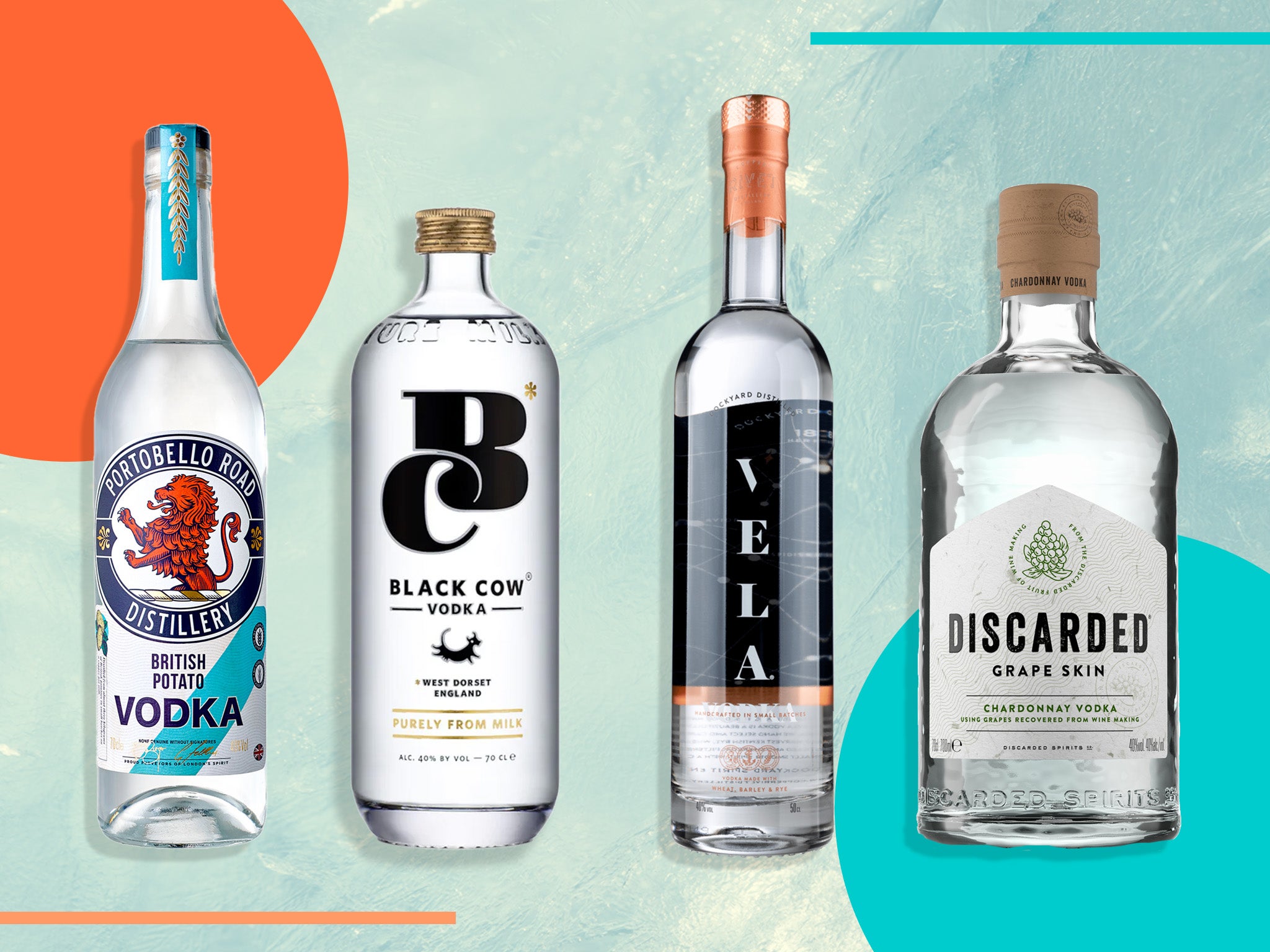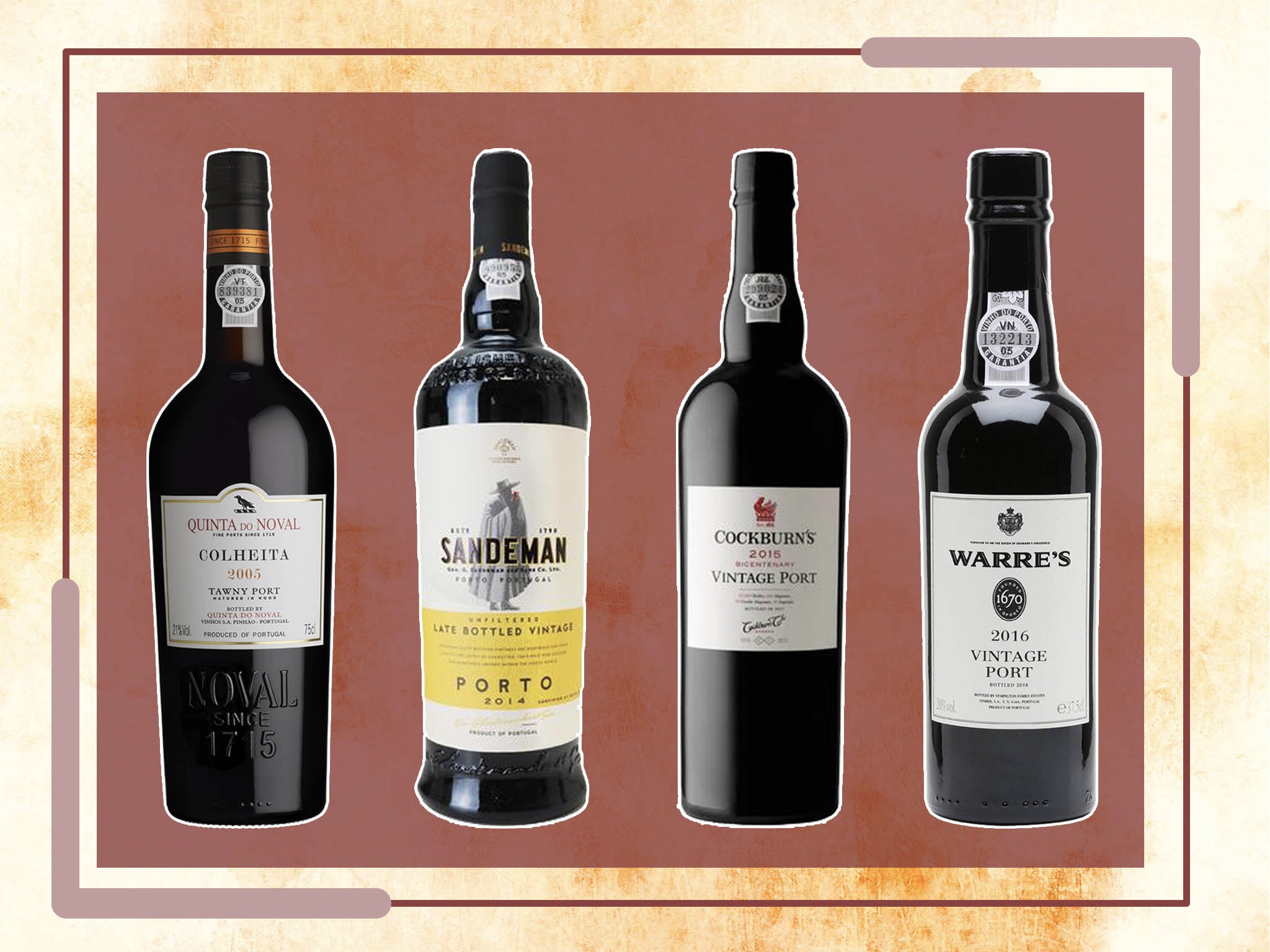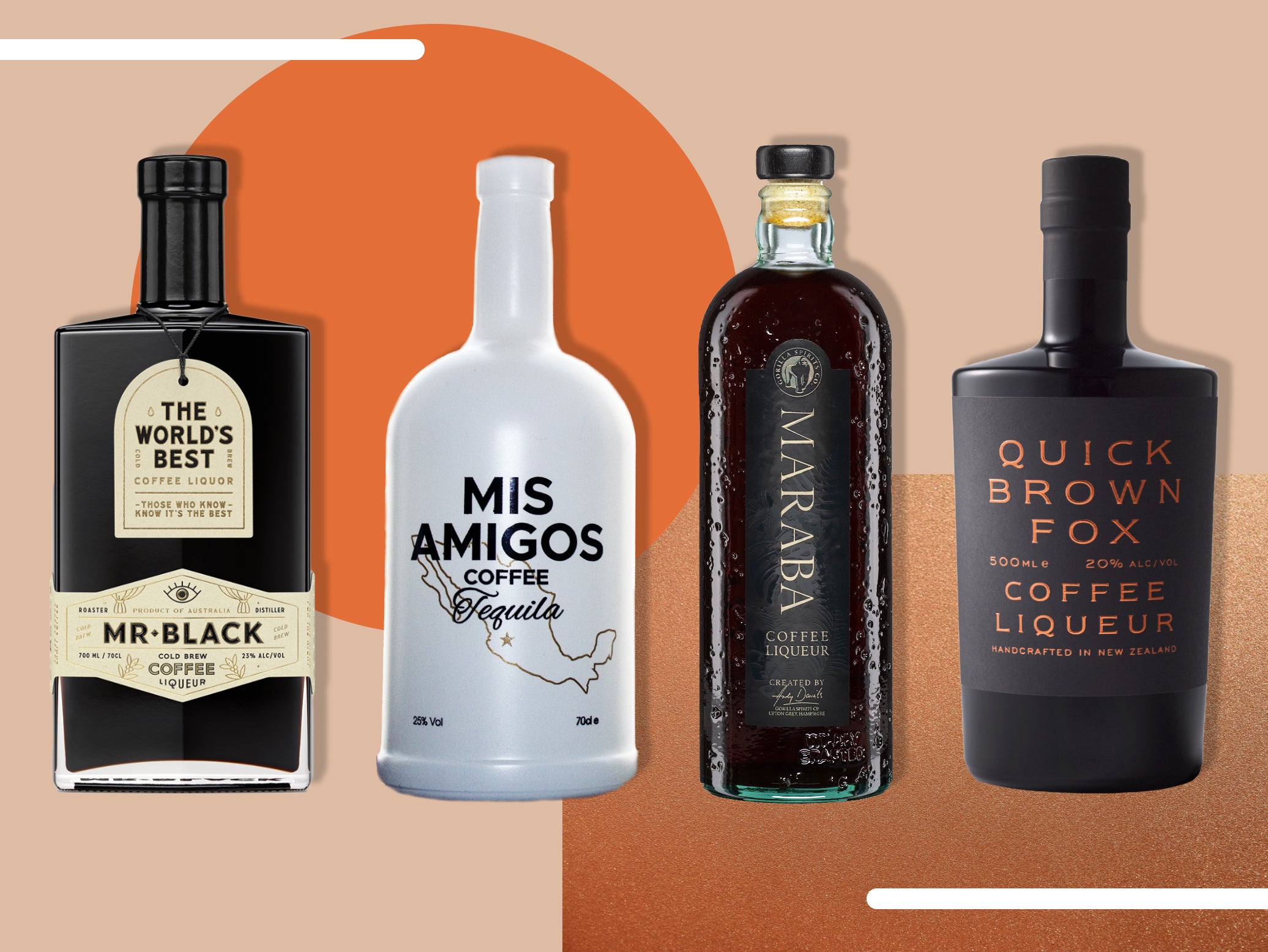The Independent's journalism is supported by our readers. When you purchase through links on our site, we may earn commission. Why trust us?
15 best vermouths to mix into cocktails or sip straight
Whether you prefer it dry or sweet, these are the perfect tipples for aficionados and newcomers alike
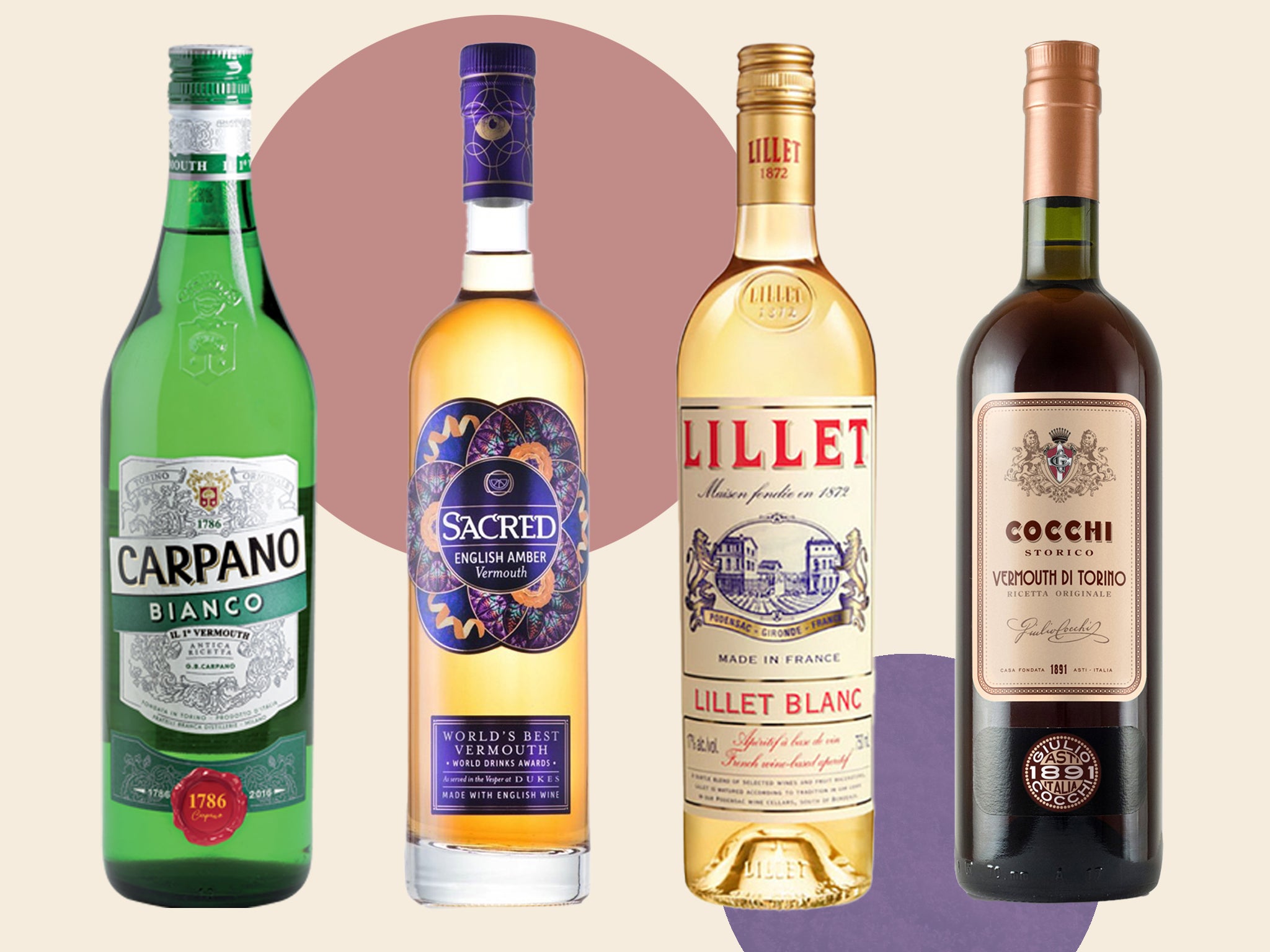
Whatever your poison – be that a martini, negroni, Manhattan, or Americano – no home bar should be without a quality vermouth.
In fact, it’s the resurgence of cocktail culture in recent years that has helped breathe new life into the traditional vermouth market. And, as a result, we are seeing an emergence of new styles, new ingredients and new regions challenging the status quo.
Vermouth is a fortified, aromatised wine flavoured with herbs, botanicals, and spices, and is usually consumed as an aperitif, due to its traditionally bittersweet character. The combination of botanicals that go into the bottle are what set the vermouth apart, and tend to be a closely guarded secret.
Styles range from extra dry (less than 30g sugar per litre), dry (less than 50g), semi-dry (between 50g-90g), semi-sweet (90g-130g), blanco or bianco, sweet, amber, rosé or rosata. With such a variation in base wine, and the botanicals used, no two are alike – as you’ll see from our round-up.
Many vermouth devotees swear by a simple spritz. Pour over plenty of ice, top with soda, then garnish with an orange wedge or Nocerella olive. With that said, a bottle of vermouth will also open the door to a plethora of classic cocktails. Think: negronis, boulevardiers, and vesper martinis.
How we tested
We put old and new vermouths to the test, to find the very best bottles to buy right now. To ensure a level playing field, we sipped over ice to assess the balance of botanicals and smoothness of flavour. We then mixed each into a negroni (all in the name of impartiality), to find those that offered both versatility, but enough complexity to stand up to straight-up sipping.
The best vermouths:
- Best overall – Bolney rosso vermouth: £19, Bolneywineestate.com
- Best Rosé vermouth – El Bandarra rosé: £20.99, Elbandarra.com
- Best for bar trolley style – Knightor rosé vermouth: From £16, Knightor.com
- Best natural vermouth – Top Cuvee house vermouth: £25, Shopcuvee.com
- Best for fireside sipping – Azaline saffron vermouth: £24.95, Masterofmalt.com
- Best in a negroni – Cocchi vermouth di torino: £23.95, Masterofmalt.com
- Best for traditionalists – Carpano bianco: £16.74, Masterofmalt.com
- Best for sustainable sipping – Discarded sweet cascara vermouth: £17.24, Amazon.co.uk
- Best White vermouth – Dolin Vermouth de Chambéry Blanc: £21.95, Amazon.co.uk
- Best Dry vermouth – Noilly Prat original dry: £12.25, Amazon.co.uk
- Best in a Manhattan – Agoro rosso vermouth: £22, Agoravermouth.com
- Best for serving straight up – Contratto vermouth bianco: £25.75, Thewhiskyexchange.com
- Best for food pairing – Lillet blanc: £17.45, Thewhiskyexchange.com
- Best amber vermouth – Sacred English amber vermouth: £19.75, Thewhiskyexchange.com
- Best Australian vermouth – Regal Rogue Lively White: £14.50, Majestic.co.uk
1Bolney rosso vermouth

- Best Overall
- ABV 20%
- Size 75cl
Made in its West Sussex winery, Bolney’s rosso vermouth takes inspiration from the surrounding flora, fauna, and fruit, combining sloe, elderberries, and blackcurrant, with background notes of rose and elderflower blossom. There’s also a hint of eucalyptus, which helps bring balance to the rich, berry-forward flavour. A delicious transitional drink for autumn days, we served it over ice, topped with tonic, and garnished with a wheel of blood orange and lemon thyme.
2El Bandarra rosé

- Best Rose Vermouth
- ABV 15%
- Size 1l
Developed by twins Alex and Albert Virgili at the family-owned Casa Berger winery in Barcelona, Spain, this stylish sipper is lighter in strength than many others on our list, but no less flavoursome. Made to be mixed with tonic, it uses a blend of pale rosé vermouth made of Grenache rosé macerated with red fruits for a fresh, summer-ready flavour. Cut through with fresh herbs, there’s a hint of earthy thyme and rosemary, that veers slightly savoury, but finishes sweet – despite having 35 per cent less sugar than other Bandarras.
3Knightor rosé vermouth

- Best For bar trolley style
- ABV 15%
- Size 37.5cl
Bearing an intricate map of the South Cornish coastline and wax seals, it’s hard to deny that Knightor has gone all-out with the bottle design – it is, without doubt, deserving of centre-stage on your bar trolley. But, how did it taste? Quite simply, delicious.
Given it uses the brand’s award-winning English grapes as a starting point and adds a complex medley of 21 locally-foraged herbs and spices, it’s hardly surprising. The base of rosé wine delivers crisp citrus and a floral-led complexity, while a Mascharino cherry sweetness brings balance. Don’t overcomplicate things here; top with soda for a spritz to drink in all seasons.
4Top Cuvee house vermouth
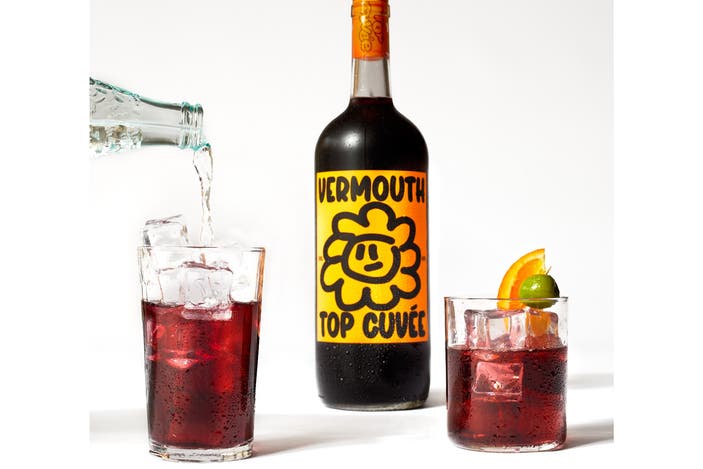
- Best Natural vermouth
- ABV 14.9%
- Size 1l
Having made its name as London’s leading natural wine specialists, Cuvée has set about crafting its own vermouth. And by god, it’s good. Lighter in style than other vermouths on test, it really allows the base of Portuguese Castelao wine to sing through, without being overly sweet. The botanical line-up favours all-natural aromats, including peach stone, orange, cardamom, and bay leaves, all wrapped up with a classic bitter wormwood-led finish. The generous 1l bottle makes it great for parties; serve on ice or with soda and a wedge of grapefruit for a quick, crowd-pleasing serve.
5Azaline saffron vermouth

- Best Fireside sipping
- ABV 17%
- Size 75cl
Having bid adieu to summer spritzes, we’re leaning all into autumn. Our fireside sip, you ask? Azaline’s saffron vermouth over ice. It’s a complex tapestry of exotic spices (think: cardamom, coriander, tarragon, and bitter orange), with a jammy pinot noir base. If you’re partial to a dram when the colder weather sets in, then you’ll be pleased to know that it pairs perfectly with a dash of bitters and scotch for a richer take on the Rob Roy.
6Cocchi vermouth di torino

- Best In a negroni
- ABV 16%
- Size 75cl
Produced according to the original recipe of Giulio Cocchi, who founded this respected house in 1891, this sweet Italian vermouth is made from moscato wine and a secret blend of botanicals. Fruity and sweet on the nose, there’s candied peel, vanilla and dandelion and burdock. While sipping, you’ll get bitter orange, smoothed out by creamy chocolate, alongside some woody notes and a menthol freshness.
7Carpano bianco

- Best For traditionalists
- ABV 14.9%
- Size 1l
Not just a classic, this vermouth was created by the “godfather” of vermouth, Antonio Benedetto Carpano, who created the recipe for Antica in 1786. More recently, it was named the best vermouth in the world at the World Vermouth Awards. And as the saying goes, if it ain’t broke, don’t fix it.
Using the original recipe, this Italian red vermouth combines white wine, Piedmontese muscatel and wines of southern Italy, with vanilla from Madagascar, Papua New Guinea and Tahiti, alongside other botanicals. The result is vanilla forward and fruity, with beautiful cherry, raisin, chocolate and coffee. Pairing beautifully with the flavours of a good bourbon, it makes for an incredible Manhattan.
8Discarded sweet cascara vermouth

- Best For sustainable sipping
- ABV 21%
- Size 50cl
We were impressed from the off by Discarded Spirit’s eco-friendly ethos. As the name suggests, the whole range uses waste materials to create a range of exceptional spirits, and this vermouth is our pick of the bunch. It’s made using cascara (the discarded fruit of the coffee berry, didn’t you know?) which not only imparts a moreish, spicy flavour and distinctively bitter backbone, but also gives it a unique, cherry red colour which just screams festive season. We can’t get enough.
9Dolin vermouth de Chambéry blanc

- Best White vermouth
- ABV 16%
- Size 75cl
Made by an independent producer – in fact the only remaining independent vermouth producer left in Chambéry, France – Dolin has been making vermouth since 1821. The range includes a dry and red vermouth but we love the standout zesty freshness of its white vermouth the most.
Wormwood, hyssop, camomile, genepi, chincona bark and rose petals among others, are left to soak in white wine, then sweetened with sugar. The result is a beautifully clean and fresh vermouth with strong, bright citrus, pear, peach and a touch of elderflower. Delicate and elegant, it’s wonderful simply over ice, or try the brand’s traditional serve with sliced strawberry, a splash of soda and a twist.
10Noilly Prat original dry

- Best Dry vermouth
- ABV 18%
- Size 75cl
If you’re looking for a dry vermouth, they don’t come more classic than Noilly Prat. The white wine base is aged in the open air during a year of oak maturation, before flavouring with a blend of 20 herbs and spices including chamomile, Moroccan coriander, Tunisian bitter oranges and Italian orris root. With its herbal, almost pine-like freshness, it’s no surprise this is such a mainstay in dry martinis.
11Agora rosso vermouth

- Best in a Manhattan
- ABV 16%
- Size 50cl
Made in small batches in Suffolk, Agora’s rosso vermouth uses a blend of 15 ingredients including rose, cassia bark, star anise, wormwood, mandarin, black pepper, vanilla, cardamom, lavender, dark cherry, goji berry and hibiscus.
Festively warming and fruity, we love the balance of bittersweet here, followed by a cool menthol edge, a little cherry and blackcurrant, with a long dry finish. It lacks the overt sweetness of many other rosso vermouths, and we love it for it. Pairing beautifully with the flavours of a good bourbon, it makes for an unmatched Manhattan.
12Contratto vermouth bianco

- Best For serving straight up
- ABV 17.5%
- Size 75cl
This bone dry Italian bianco opens with bags of layered citrus at the fore, though the recipe combines no less than fifty herbs, spices, roots and seeds. We reckon this is best served straight from the fridge – that’s right, hold the ice – to appreciate the nuanced flavours at play. Garnish with a twist of lemon or fresh sage if you’re feeling fancy.
13Lillet blanc

- Best For pairing with food
- ABV 17%
- Size 75cl
With a big hit of honeysuckle, passion fruit, and candied peel on the nose, Lilet Blanc certainly doesn’t hold back on the bold aromatics. On the palate, it’s candied sweet with faint pine and a crisp, menthol-led backbone, leading to a refreshingly dry finish. We think this is the perfect sparring partner for nuttier cheeses (think: Manchego and comté), charcuterie, and salted Marcona almonds.
14Sacred English amber vermouth

- Best Amber vermouth
- ABV 21.8%
- Size 50cl
Multi-award winning, this amber vermouth from Sacred was made in partnership with Alessandro Palazzi, of Dukes Hotel – a lauded drinking spot once aptly favoured by Bond author, Ian Fleming himself. This vermouth uses English wine from Three Choirs vineyard in Gloucestershire, and 16 botanicals including distilled gentian root and orris and macerated wormwood and orange peel. Dukes Hotel uses it in its vesper martini, however, with its rich, brandy-like aroma and orange and rich fruit notes, we think it’s beautiful simply with tonic water.
15Regal Rogue lively white
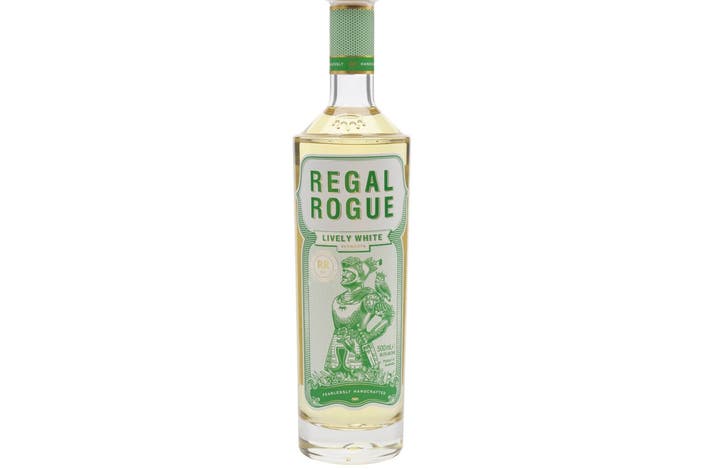
- Best Australian vermouth
- ABV 16.5%
- Size 50cl
Hailing all the way from Australia, Regal Rogue claims to have 43-64 per cent less sugar than traditional vermouth brands, across its range of white, red, rosé, and dry variants. All are made with native Australian botanicals, sourced from indigenous communities.
In the case of lively white, that includes lemon myrtle, desert limes, finger limes, thyme, elderflower, lemongrass, grapefruit and chamomile. Smooth, mellow, and bold, there’s some soothing rounded chamomile with a slight citrus burst towards the end, and a long dry finish. Enjoy it in a simple spritz with an elderflower or grapefruit tonic, and a grapefruit and rosemary garnish.
The verdict: Vermouths
Choosing a favourite vermouth is like choosing your favourite weather – it depends entirely on your mood and where you are. It will also depend on how you tend to serve your vermouth but for straight-up sipping, we can’t get enough of Azaline.
If classic negronis are your go-to tipple, we recommend Cocchi Vermouth di Torino. Reading this in sunnier climes? Do yourself a favour and bag yourself a bottle of El Bandarra Rosé to serve over ice – you won’t regret it.
Fancy another type of tipple? These are the best pink gins for you to try.















